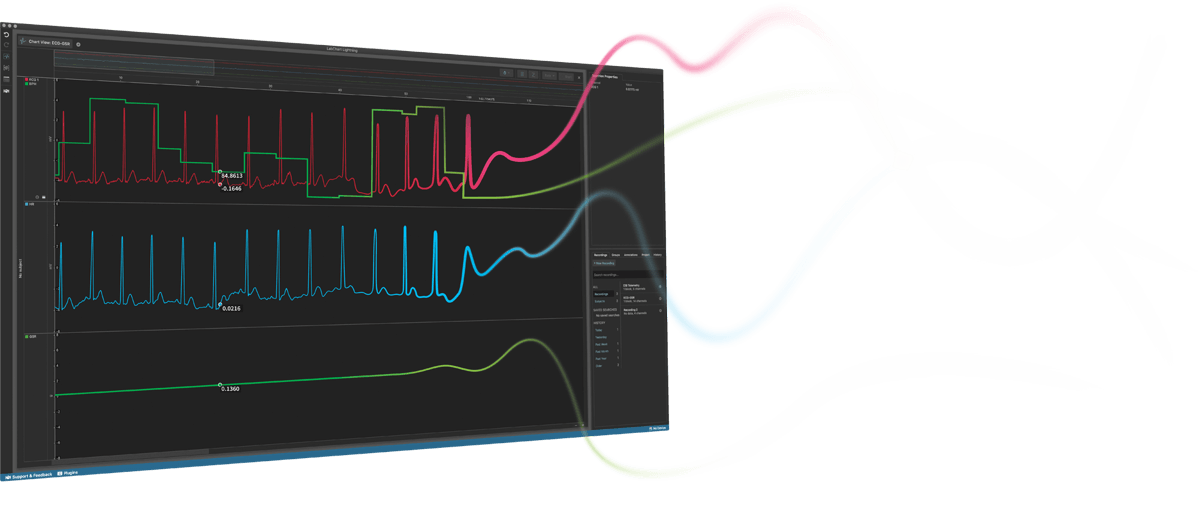RER is typically measured by sampling gas being expired by a person or animal and comparing how the ratio of O2 and CO2 compares to that of the surrounding air. This is often done by affixing a mask around the mouth and nose and using a system of tubing and valves to feed gases to both a flow measurement device and a gas analyzer. Whole body chambers are sometimes more convenient than masks, particularly if working with smaller animals.
An average human has an RER at rest of around 0.8, although this can vary a bit depending on diet and other factors. During a stress test, RER will typically gradually increase to a peak of about 1.2 (again variable depending on the individual). An RER of 1.0 is the anaerobic threshold, the point at which the body begins to metabolize sugar using the less efficient anaerobic pathway and build up lactic acid.
As a rule of thumb, a resting RER of about 0.7 indicates that fats are being used as the body’s main fuel source while 1 means mostly carbohydrates are being used. RER’s between these values indicate a mix.
During an exercise test, variable exercise intensities are used to determine the RER value and, therefore, aerobic and anaerobic metabolism at each intensity.
Lower-intensity activity uses aerobic metabolism, also known as oxidative metabolism, to fuel activity through fatty acid oxidation. The respiratory quotient for this level of activity, a measure that reflects the tissue substrate used for energy, would be expected to remain around 0.7, while the RER, which reflects the respiratory exchange of CO2 and O2, would be expected to remain around 0.8 to 0.88.
Less efficient anaerobic metabolism kicks in at higher levels of intensity, as local stores of glycogen are used to fuel movement. The respiratory quotient for these higher activity levels can reach 1.0, and the RER ranges from 0.9 to 1.2.





